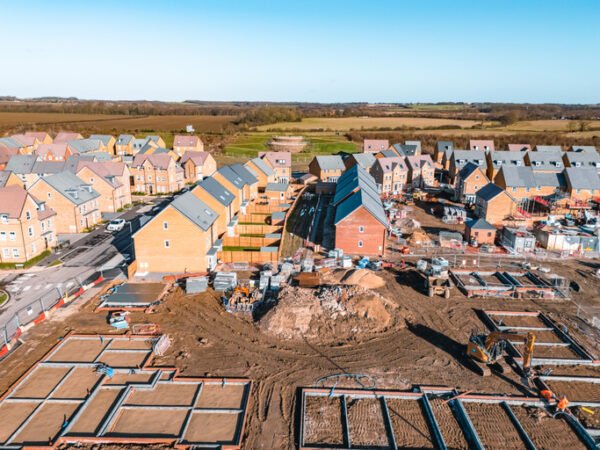The researchers found that the building modelling professionals could not agree on which aspects were important and which were not, or how much difference to the energy bill changes to them would make. A quarter of those interviewed were judged to be no better than if a member of the public had responded at random.
The study also found individuals’ level of qualification or years of experience in energy modelling did not improve the accuracy of the respondents’ answers. Using language and methods drawn from the educational sector, the researchers have described participants as being ‘modelling illiterate’.
No legal obligation
Building modelling professionals are responsible for forecasting a proposed building’s energy efficiency and making recommendations about which design aspects, such as the amount of glass, how much natural ventilation is provided or which materials need altering to achieve the highest possible building performance in terms of energy efficiency.
They use a number of computer simulation programmes whereby they input data about the proposed building to calculate the building’s energy efficiency, indicated by the building’s Energy Performance Certificate. This certificate uses an A-G scale similar to the one found on a new washing machine and other white goods.
However, unlike car and washing machine manufacturers, building modellers are not legally obliged to ensure a building’s certificate matches its performance in real life.
‘Given our findings about how the level of relevant education and experience don’t separate the good modellers from the bad, we are calling on the government for educational and policy change to work with industry and universities to increase efforts in improving building physics education.
‘Currently, an in-depth qualification for building modelling does not exist, meaning there is little formal training process for those entering the profession. If this aspect can be addressed, part of the ‘performance gap’ could rapidly be reduced.’
DR IAN WALKER
Co-investigator and Senior lecturer in the Department of Psychology
200% difference
Although those doing the modelling do need to demonstrate a minimum level of competence, the focus is on the calculations and the legislative framework, not on checking if the predictions match the performance of buildings once constructed.
In addition, those doing the modelling rarely discover if their calculations have any relation to the performance of the building once in use. This is in stark contrast for example with the outcomes data surgeons have access to, and rely on to judge their work.
Hence maybe it is not surprising that there can be a 200% difference between a building’s predicted performance and the real one. This gulf in energy efficiency can have serious financial implications for home and building owners alike, as energy is often the greatest cost of a building after paying the mortgage.
But energy is not the only question; the same computer programs and modellers predict the temperature of rooms in summer and many other things which might explain the experience of many forced to sweat in ‘glass box’ buildings.
Click here to read the full study, ‘The building performance gap: Are modellers literate?’, published in the Building Services Engineering Research and Technology journal.
 Play Video about This Rock Might Just Save The World
Play Video about This Rock Might Just Save The World Play Video about Play 2 hours of rock
Play Video about Play 2 hours of rock Play Video about Play 2 hours of brook
Play Video about Play 2 hours of brook Play Video about Play 2 hours of sheep
Play Video about Play 2 hours of sheep











































